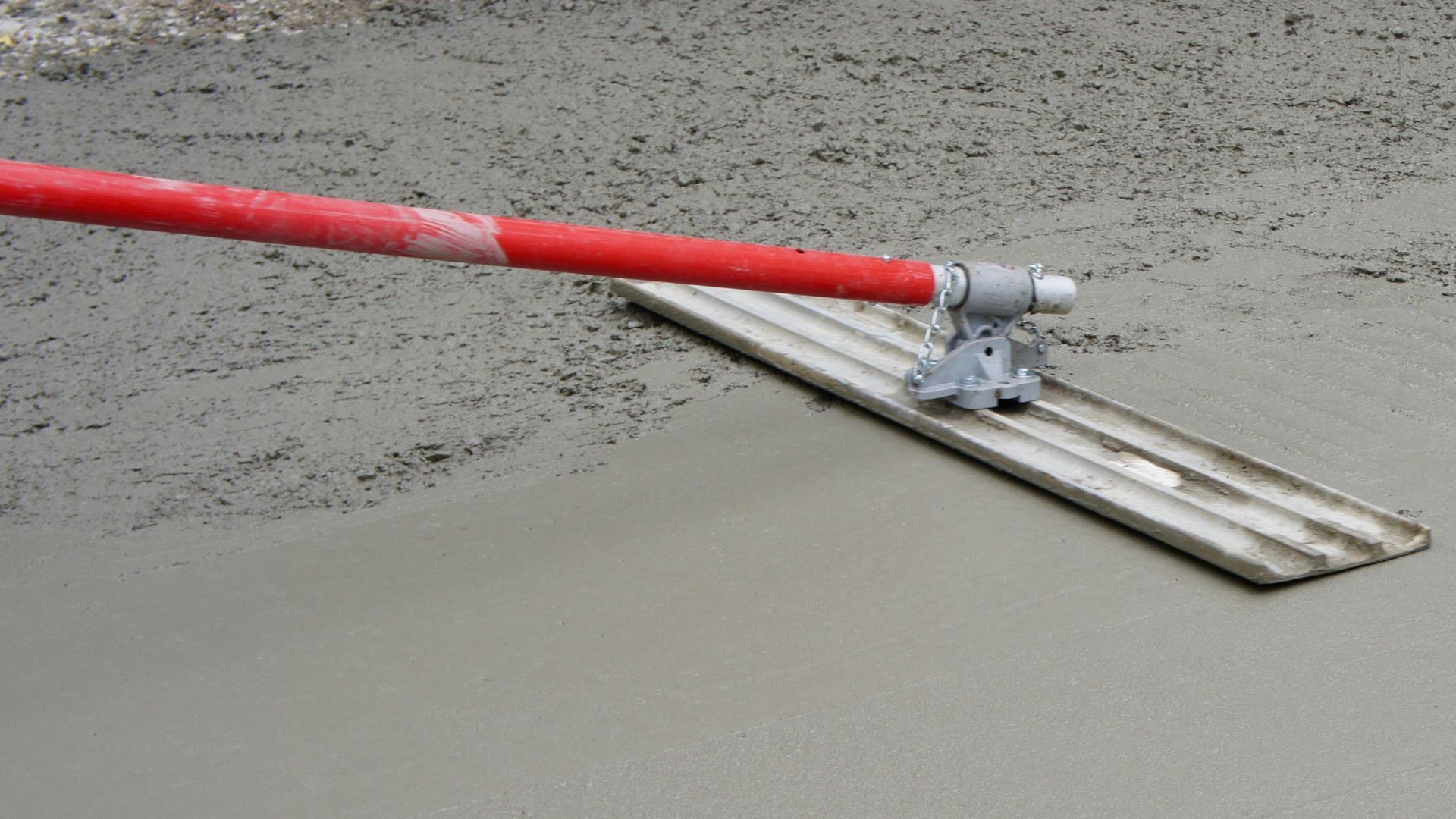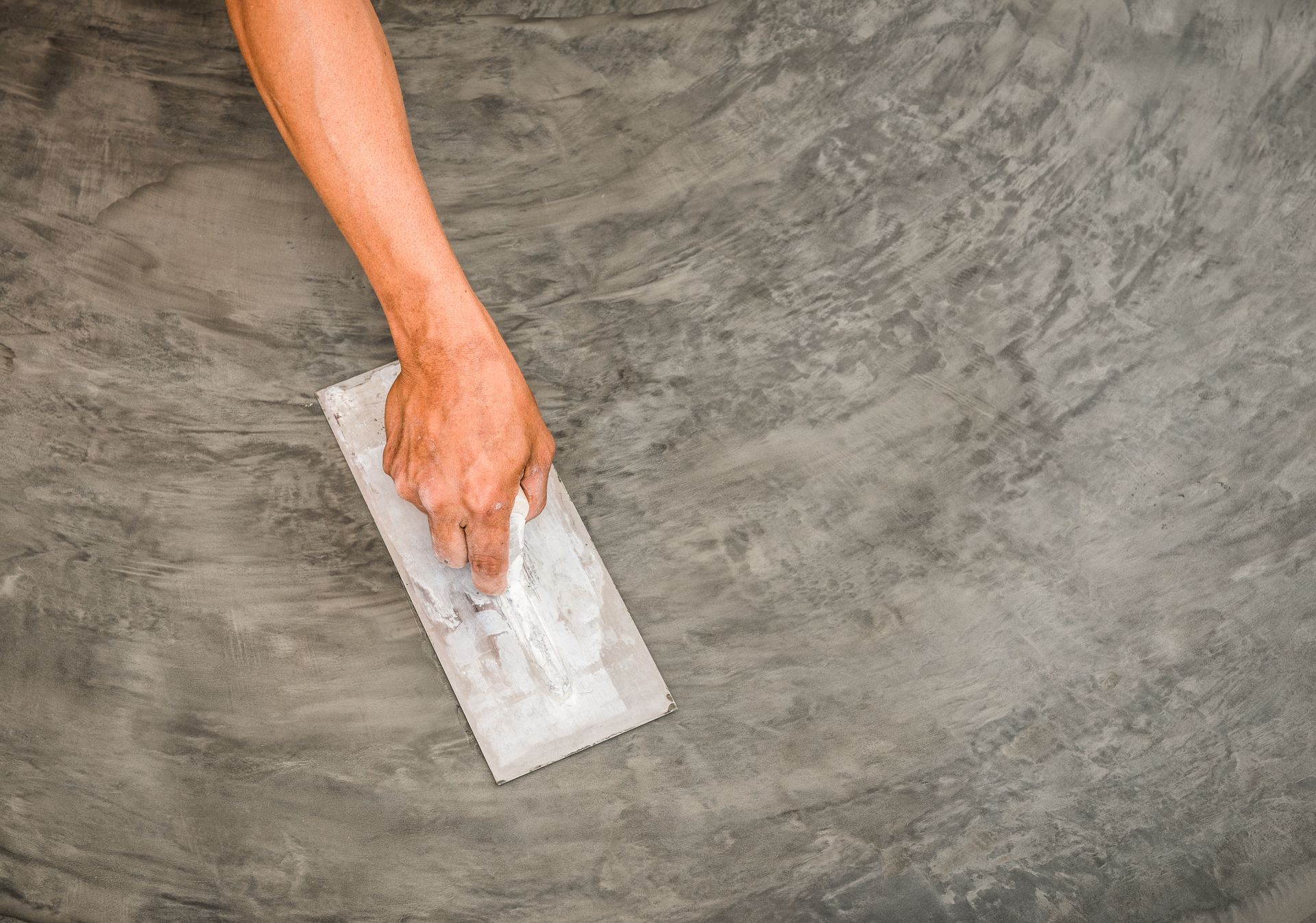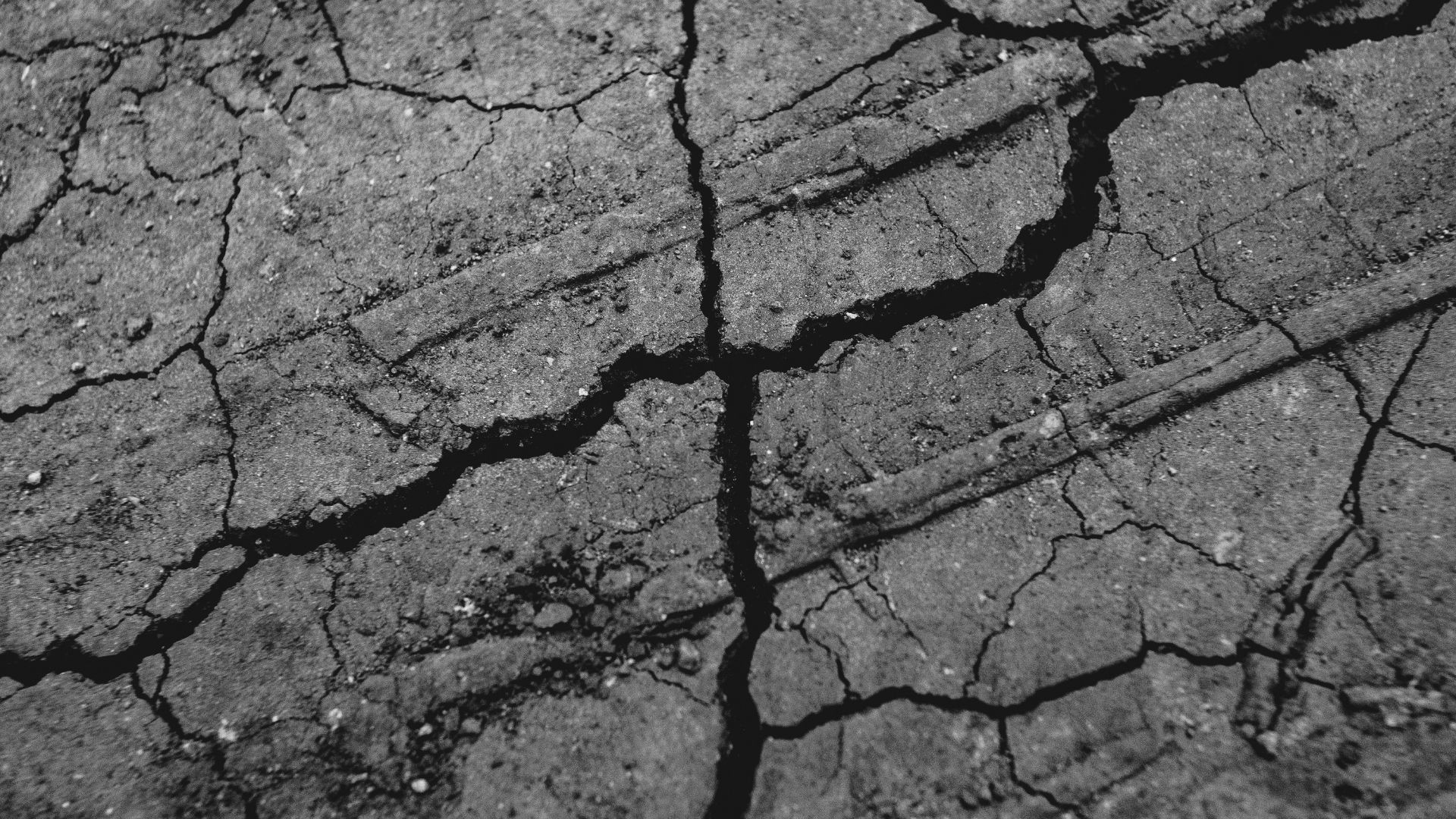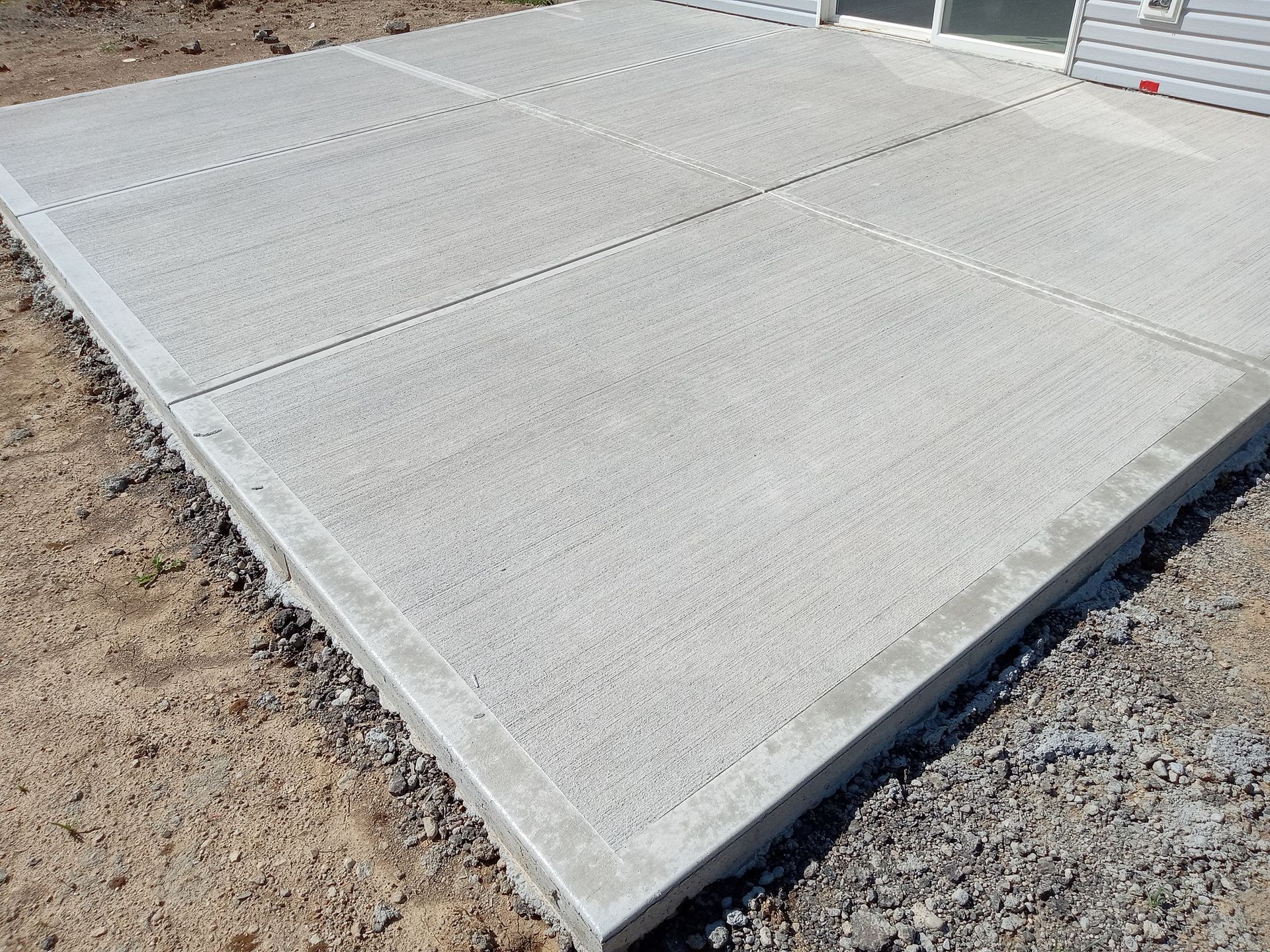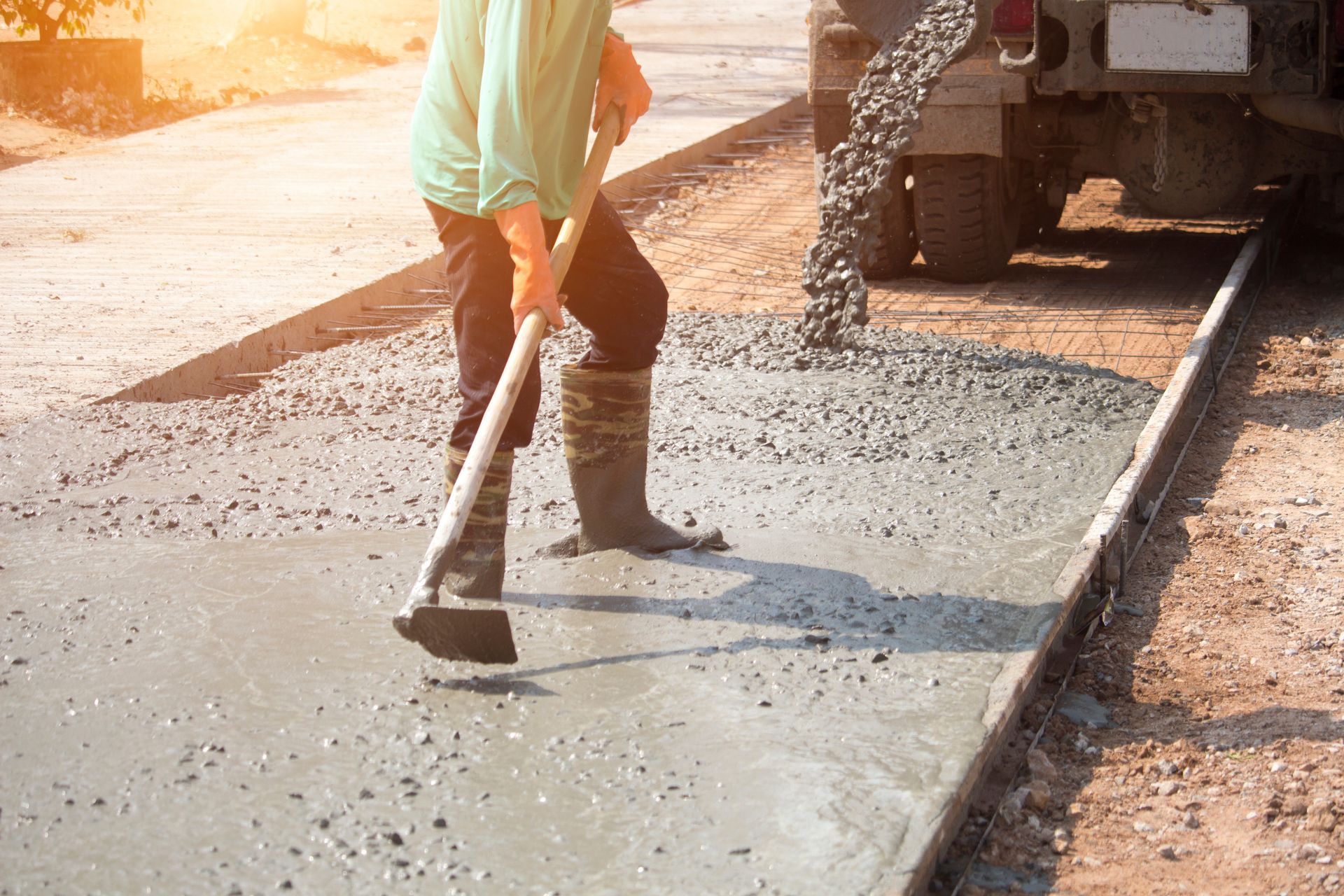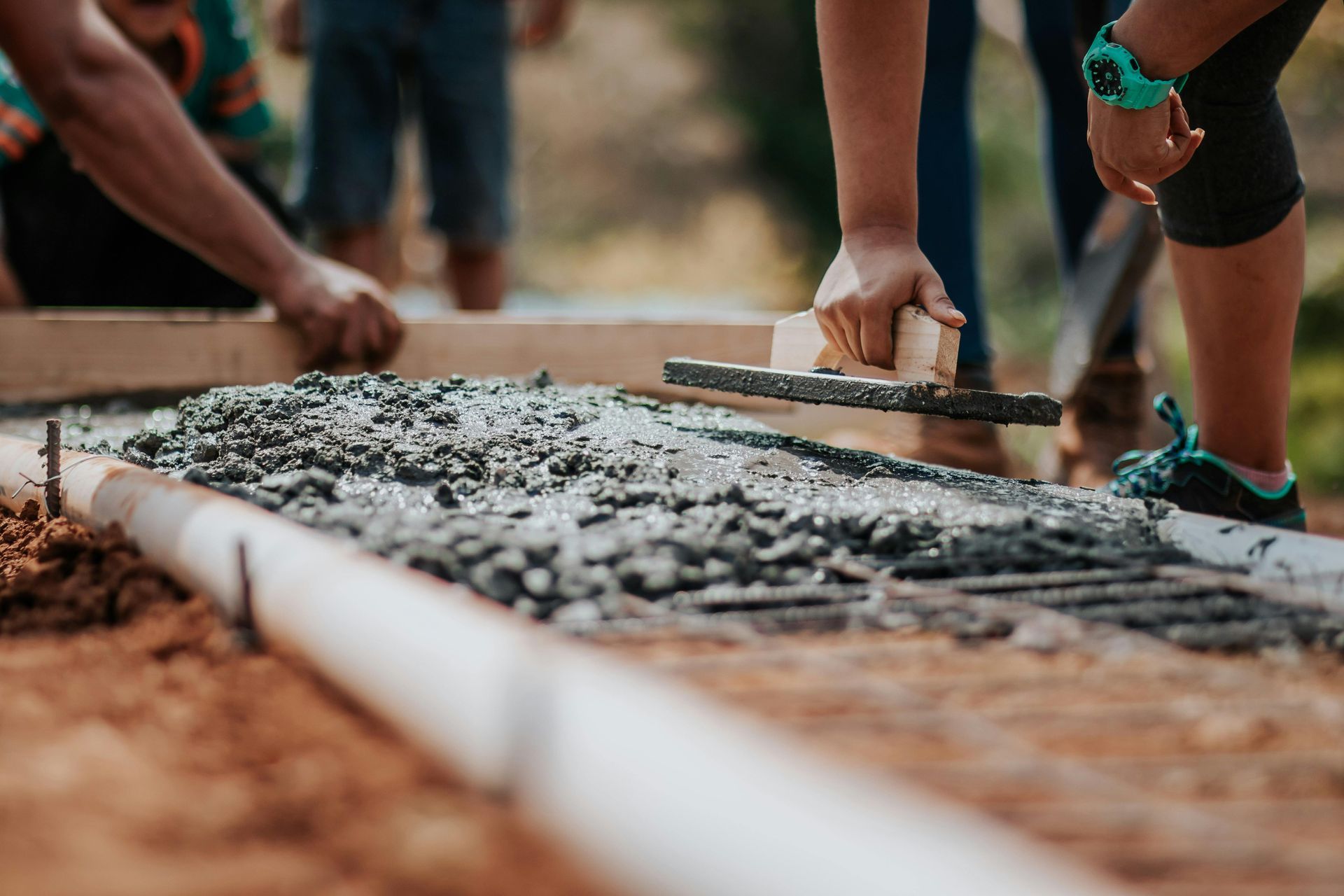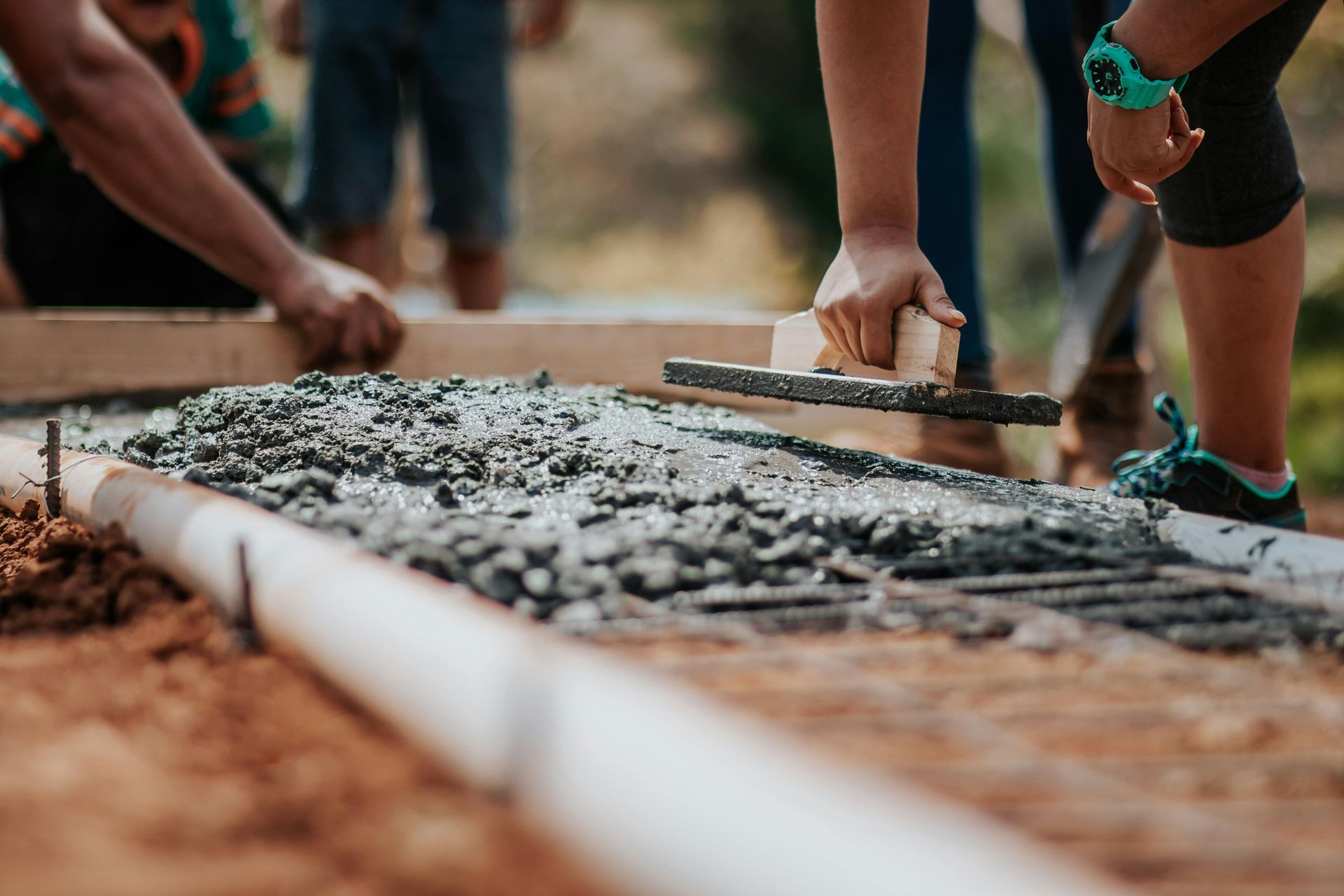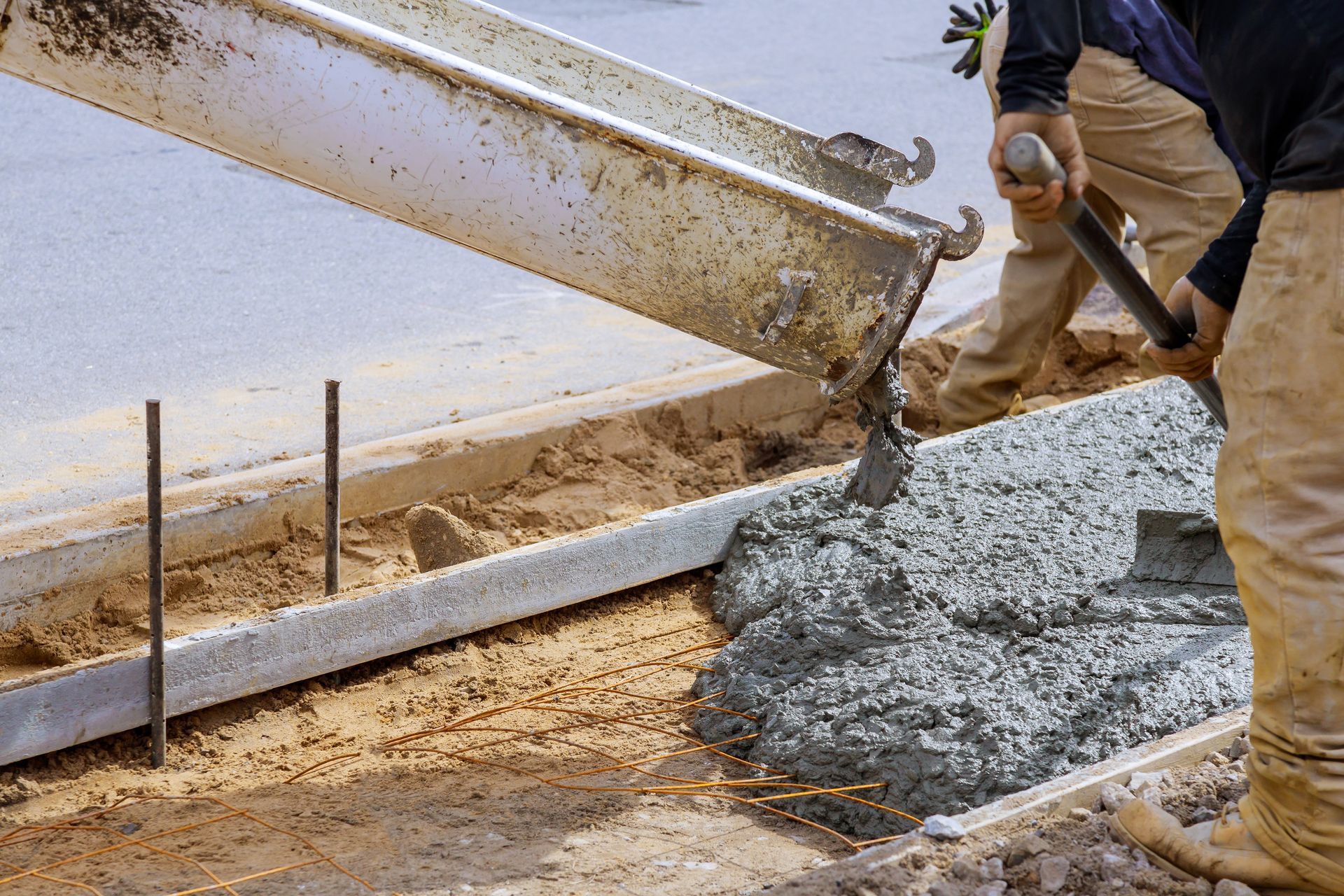Is Stamped Concrete Slippery?
Is Stamped Concrete Slippery?
Stamped concrete has become a popular choice for homeowners and business owners alike for its affordability and versatility in design. However, a common concern with stamped concrete is whether or not it is slippery. In this blog post, we will explore the truth about stamped concrete and slipperiness.
The Misconception
One of the reasons people believe that stamped concrete is slippery is because of its smooth surface. However, it is not the concrete itself that is the problem. The issue lies in the sealer that is applied to the surface to protect it from wear and tear. A high-gloss sealer creates a thin topical coating on the surface of the concrete, which can become slippery when wet.
The Truth
Stamped concrete is not inherently more slippery than any other material. However, it can pose a slip hazard when wet, especially near pools or in areas that receive high levels of foot traffic.
Causes of Slippery Stamped Concrete
There are several causes of slippery stamped concrete. As mentioned before, the type of sealer used can contribute to slipperiness. High-gloss sealers are more likely to become slippery when wet, while matte or satin-finish sealers offer better traction. Another factor that can impact the slipperiness of stamped concrete is the porosity of the surface. If the surface of the concrete is not properly sealed, water can seep into the pores, causing it to become slippery. Lastly, weather conditions can also influence the slipperiness of stamped concrete. Rain or snow can make any surface slippery, including stamped concrete.
Preventing Slippery Stamped Concrete
Fortunately, there are ways to prevent stamped concrete from becoming slippery. One option is to use a sealer with a matte or satin finish instead of a high-gloss sealer. These sealers offer better traction and are less likely to become slippery when wet. Contractors can also mix a nonslip additive into the sealer to increase the surface's slip resistance. Furthermore, applying a layer of aluminum oxide onto the surface and then back rolling it with a sealer is another option for improving slip resistance.
Taking preventative measures like these can not only make stamped concrete safer, but it can also increase its longevity and maintain its aesthetic appeal.
What to Do About Slippery Stamped Concrete
If you already have stamped concrete that is slippery, there are ways to remedy the situation. First, try mixing a nonslip additive into the sealer. If that does not work, you can try applying a layer of aluminum oxide onto the surface and back rolling it with a sealer. However, it is recommended to consult with a professional before attempting to fix the surface yourself.
In conclusion, stamped concrete is not inherently more slippery than any other material, but it can become slippery due to the type of sealer used or other factors like surface porosity and weather conditions. However, by using the proper preventive measures, like using the correct sealer and adding nonslip additives, stamped concrete can be made safe and slip-resistant.
If you are considering stamped concrete for your next project, make sure to take into account the potential for slipperiness and work with a professional at who can ensure the surface is properly sealed and slip-resistant.
